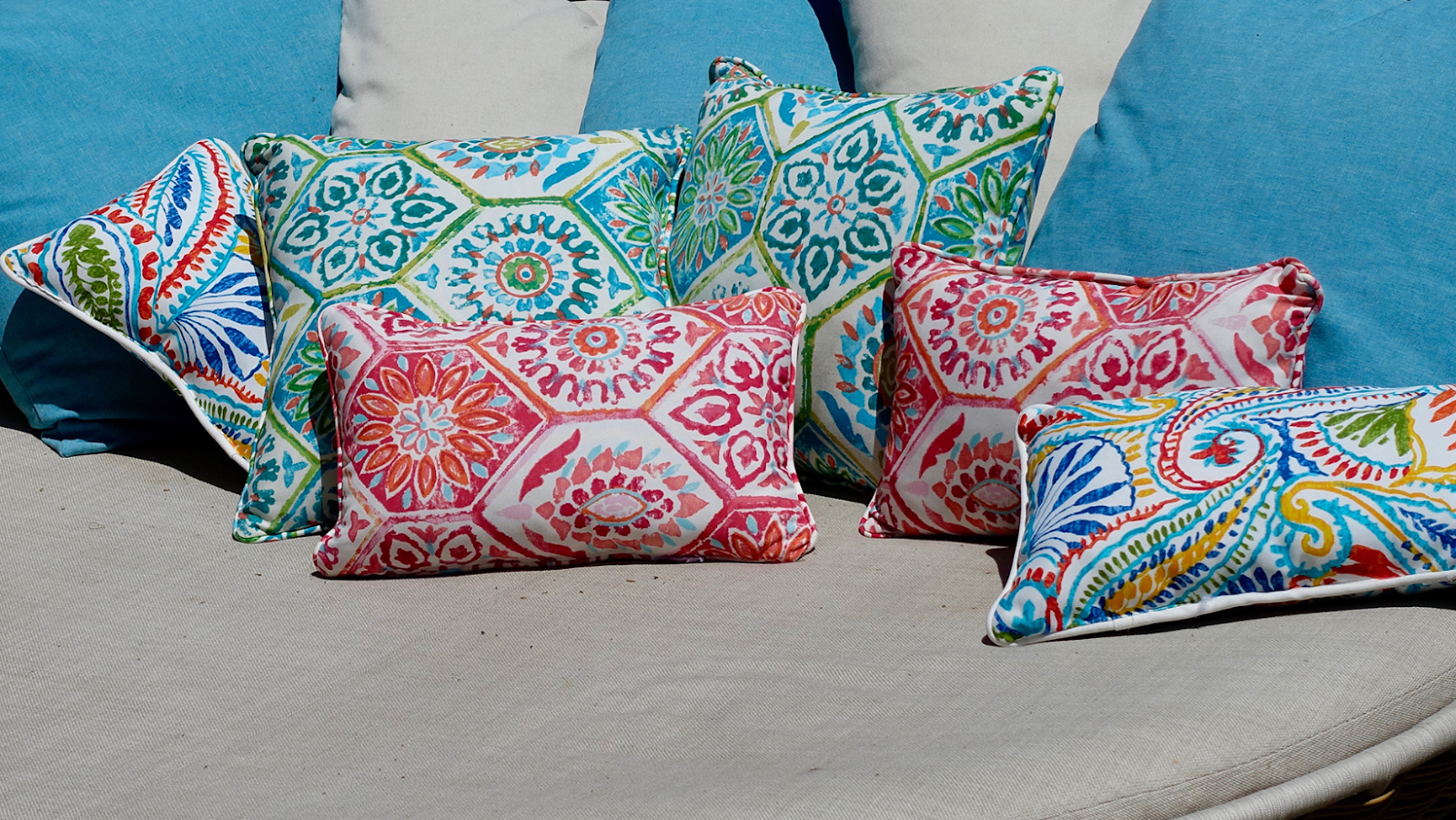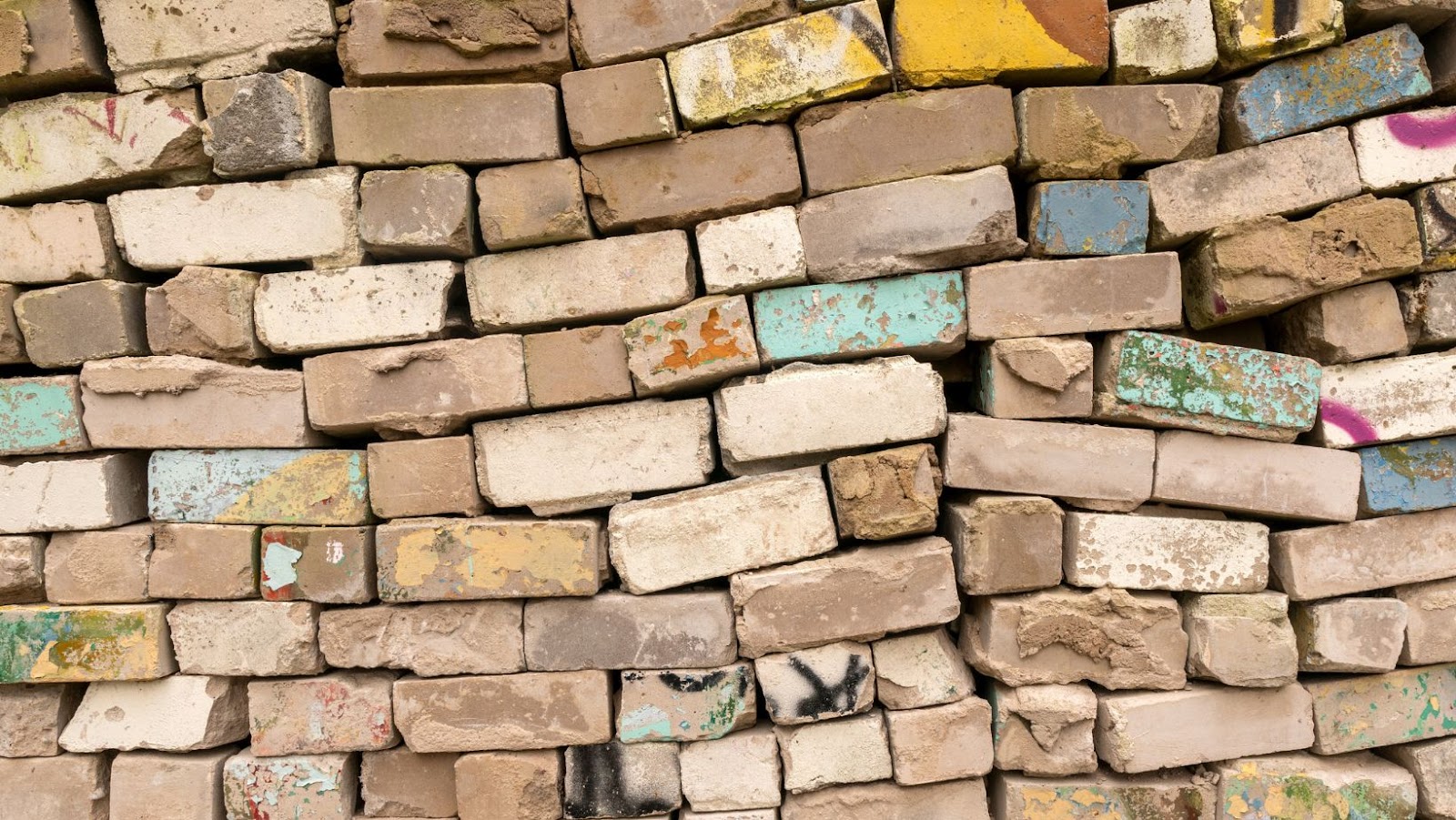Why Choose Brick Veneer Construction?

Are you wondering how to construct a sturdy, resilient and energy-efficient home? Well, brick veneer construction is the answer.
This article will provide you with all the information you need to know about this type of construction. So, find out what it is, how it works and why it’s so popular today!
Introduction to Brick Veneer Construction
Brick veneer construction is a non-structural layer of brickwork applied to the exterior of a building to provide the appearance of a full brick facade. This method has been increasingly popular due to its cost-effectiveness and ease of installation. It is a process that involves laying a layer of bricks against a wall that has been fortified with a weather-resistant barrier. This thin layer of bricks is then held together by mortar and steel ties that are fastened to the structural frame.
If you’re looking to construct brick veneer, here are the steps to follow:
Install the foundation and the weather-resistant barrier.
Install the brick ties vertically, spacing them 16 inches apart.
Install the horizontal furring strips and the weep screed.
Lay out the bricks onto the wall using mortar.
Check to ensure the bricks are evenly spaced using a level.
Clean up the excess mortar and brush the bricks.
Wait for the mortar to dry up before you do any finishing.
Brick veneer construction adds both aesthetic appeal and durability to a building. Pro tip: Hire a professional, licensed contractor who has experience with brick veneer construction to ensure the quality and safety of your project.
Advantages of Brick Veneer Construction
Brick veneer construction is a non-load-bearing wall system that uses a layer of bricks as an outer “veneer” over a wooden frame or concrete block interior. This construction technique offers several advantages.
Durability: Brick veneer construction provides a durable and long-lasting exterior that can withstand extreme weather conditions and resist pests and moisture.
Aesthetics: Brick veneer is an attractive and versatile material that can enhance the curb appeal of your home or building. It is available in a variety of colors, textures, and patterns, giving you greater design flexibility.
Energy Efficiency: Brick veneer construction can improve the energy efficiency of your home or building by providing an additional layer of insulation and reducing air infiltration.
Affordability: Compared to solid brick construction, brick veneer is more affordable and easier to construct. It requires less labor and materials, making it a cost-effective option for many homeowners and builders.
To construct a brick veneer wall, the first step is to build a frame using wood or concrete blocks. This frame will serve as the structural support for the brick veneer. Next, a moisture barrier and insulation are installed. Finally, the bricks are laid out in a pattern and secured with mortar.
Pro Tip: Work with a licensed contractor who has experience with brick veneer construction to ensure proper installation and longevity of your brick veneer wall.
Disadvantages of Brick Veneer Construction
Brick veneer construction involves applying a layer of brick to the exterior of a building’s frame or foundation, and it has some disadvantages that a homeowner needs to consider before choosing this type of construction.
Some of these include:
Moisture damage: While a brick veneer layer is designed to protect a home’s interior from moisture, if the veneer becomes damaged, moisture can leak in and cause water damage to the home’s interior structure.
Poor insulation: Brick veneer offers poor insulation compared to other types of exterior wall construction options.
Higher costs: Brick veneer construction is more expensive than other types of wall construction due to the cost of materials and installation.
Potential for cracking: The brick veneer can crack over time due to weather changes and soil movement, which can cause an unsightly appearance on the home’s exterior.
It is important to weigh both the advantages and disadvantages of brick veneer construction before deciding whether it is the right option for your home.

What is a Brick Veneer Construction
Brick veneer construction is a non-load bearing structure where a layer of brick is installed as a facing over a structural wall. Here are the materials required for brick veneer construction and the steps involved in constructing it:
Materials required:
– Bricks
– Mortar
– Metal ties
– Flashing
– Insulation (optional)
– Weep holes
– Plywood (optional)
Steps involved in brick veneer construction:
– Install a weather-resistant barrier over the structural wall.
– Install metal ties every 24 inches vertically and 16 inches horizontally.
– Lay the brick in a staggered pattern, leaving a 1/4-inch gap between each brick for mortar.
– Install flashing at the base of the brick veneer to prevent water infiltration behind the brick.
– Install insulation (if desired) between the structural wall and the brick veneer.
– Cut weep holes in the brick veneer to allow any moisture to escape.
– Finish by adding plywood to the top of the structure to properly seal the building.
Pro Tip: Hire a professional contractor to ensure proper installation of the brick veneer and to maximize its durability.
The Process of Constructing a Brick Veneer
Brick veneer construction involves creating a decorative exterior brick wall that isn’t structurally essential to the building. Instead, it serves as a cover or sheath for an existing wall, providing durability, strength and design appeal.
Here are the steps to follow for constructing a brick veneer wall:
Step 1: Prepare the Surface – Clean and prep the existing structure where you want the brick veneer wall to be built.
Step 2: Layout the Bricks – Plan the layout of the bricks before you install them.
Step 3: Mix the Mortar – Mix the mortar properly as per instructions, to ensure a consistent texture and thickness.
Step 4: Install the Bricks – Layer the bricks on top of the mortar in a staggered pattern, making sure each brick is level by using a leveler.
Step 5: Cutting the Bricks – Cut the bricks that require a special shape or size.
Step 6 : Complete the Wall – Finish the top of the veneer wall with a cap or coping, to prevent water damage.
Pro Tip: Hire a professional mason, which will guarantee that the brick veneer wall will have a proper anchorage and lasts for a long time.

Tips For Building a Brick Veneer
Brick veneer construction is a method of building that involves attaching a layer of bricks to the outside of a building structure as a decorative facade. Here are some tips for constructing a brick veneer:
1. Start with a solid wall: The wall that the veneer will be attached to needs to be solid and structurally sound. Any underlying issues with the wall need to be addressed before the brick veneer is installed.
2. Use the right materials: The bricks and mortar used need to be appropriate for the climate and environment they will be installed in. Proper drainage and ventilation also need to be considered.
3. Hire a professional: Brick veneer construction can be a complex process and may require experienced professionals. It’s important to choose a reputable company with experience in this type of construction to ensure it is done correctly.
4. Careful planning: Before beginning the construction process, it’s important to plan every aspect carefully. This includes taking accurate measurements, choosing the right design, and ensuring all materials are on hand and prepared for installation.
Pro tip: When constructing a brick veneer, it’s important to properly maintain and care for it to ensure it lasts as long as possible. This includes sealing and cleaning the surface regularly to prevent damage and staining.
Maintenance of a Brick Veneer
Brick veneer is a type of construction where a layer of bricks is used to cover the outer layer of a building. It is a popular way of giving a building a classic brick look without having to bear the full cost of solid brick construction.
Here is how to construct a brick veneer:
First, start by building a wood frame or steel stud wall that stands separately from the main building structure.
Next, attach a weather-resistant barrier, such as building paper that helps protect against moisture damage, to the frame or stud wall.
After that, attach metal lath or a mesh wire to the barrier and spread some mortar over the wire.
Finally, place the bricks in a pattern on top of the mortar.
To maintain your brick veneer, you should regularly check for cracks and crevices in the mortar and bricks. Additionally, fix any gaps that you may find immediately before they increase in size. Pressure washing with a mild detergent and mildew cleaner is an excellent method for cleaning brick veneers.
Pro Tip: You can increase the lifespan of your brick veneer by utilizing proper maintenance techniques and keeping it in good condition.
In conclusion, brick veneer construction is a popular building technique that involves a non-structural outer layer of bricks. This technique is widely used due to its ease of construction, durability and cost-effectiveness. To construct a brick veneer, you need to have a structural support system in place such as a timber or steel frame. Once the structural support is in place, the external skin of the wall can be constructed using a variety of techniques such as brick laying, rendering, or cladding. Brick veneer construction provides various benefits such as improved energy efficiency, increased structural integrity, and lower maintenance requirements. Although it may not be a load-bearing method of construction, it provides a cost-effective and durable option for homeowners. So, if you’re looking for a construction method that is both easy to build and maintain, brick veneer construction is a great option for you to consider.

 The Benefits Of Outdoor Sofa Deep Seating
The Benefits Of Outdoor Sofa Deep Seating  This Method has Been Used for Centuries
This Method has Been Used for Centuries  The Different Types of Bonds
The Different Types of Bonds  Solar Panel Cost And Efficiency
Solar Panel Cost And Efficiency  The Most Comfortable Deep Seating Outdoor Furniture
The Most Comfortable Deep Seating Outdoor Furniture  Maintaining Your Glass Cabinet Doors
Maintaining Your Glass Cabinet Doors